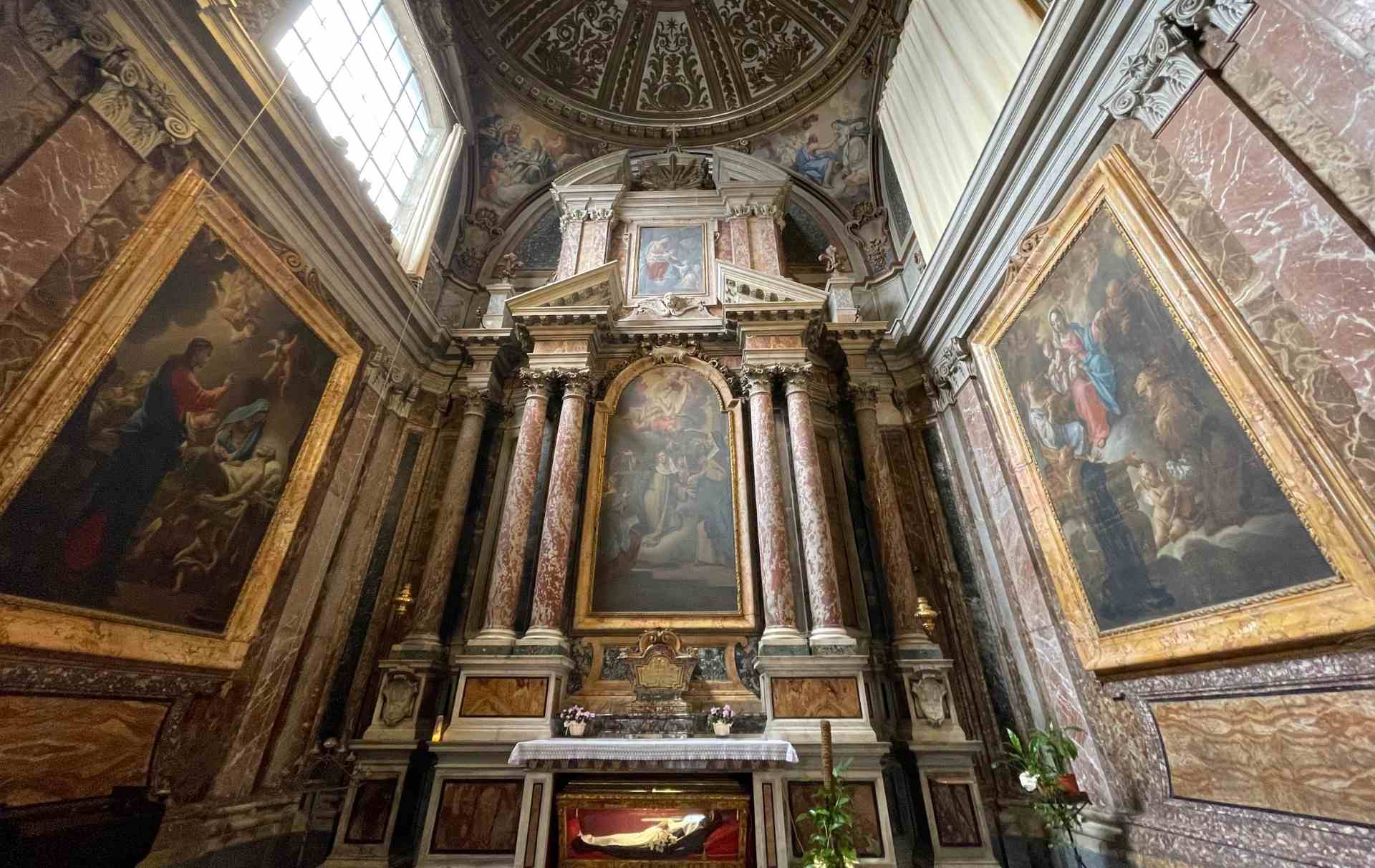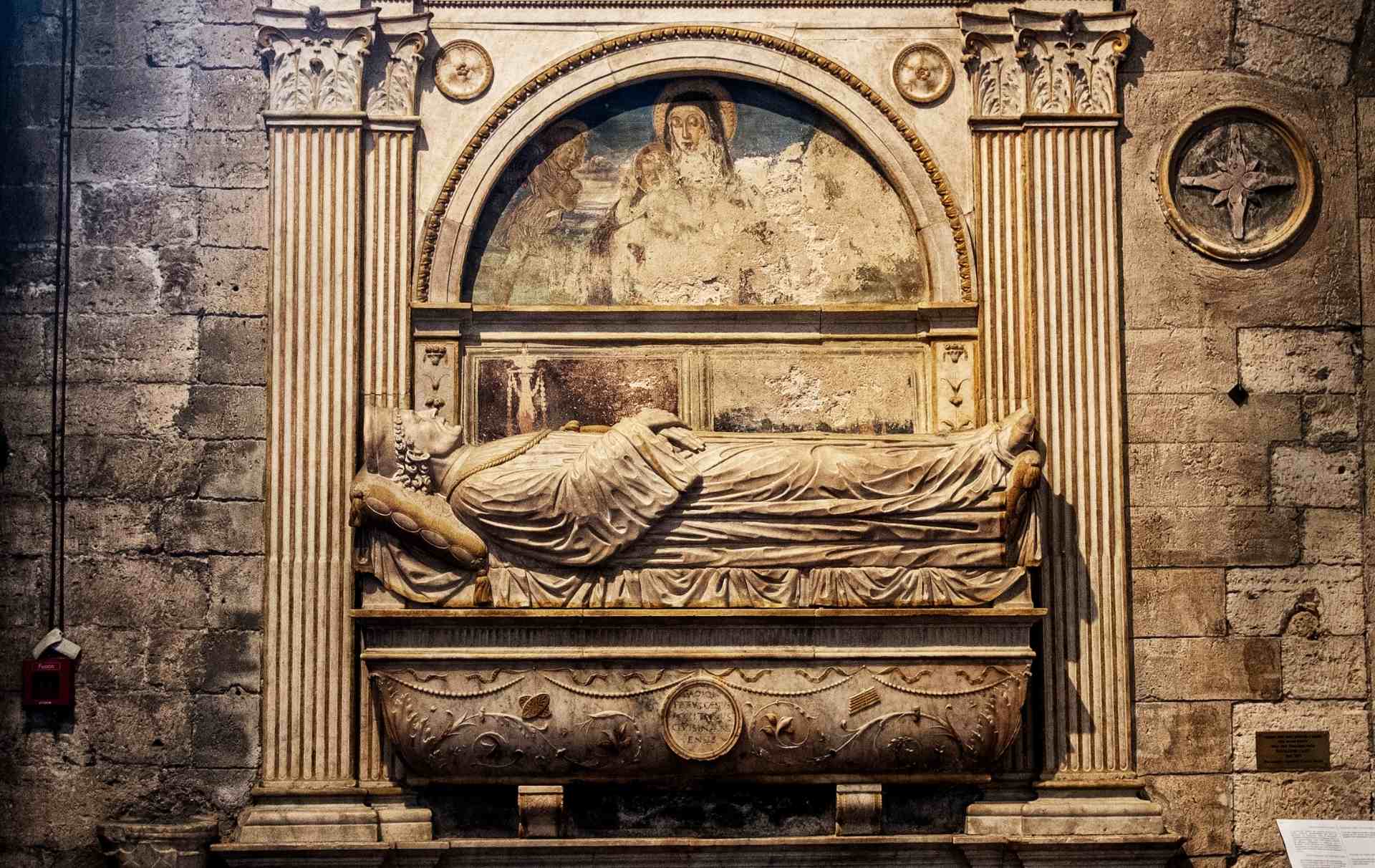Built during the Augustan age, to to overcome the impetus of the Nera River, towards that point of Via Flaminia which linked the town hall of Narni to those of Carsulae, the remains of the Augustus Bridge are one of the most suggestive roman monuments of the southern Umbria.
The Augustus Bridge, the Via Flaminia and the ancient town hall of Narnia.
The interest through that work “in vero nobilissima perché supera in altezza tutti gli archi che ci sono noti” is manifest from the old time in the words of Procopius and in those of Martial.
The bridge, built under Augustus around 27 BC, was passable also in 573, year of the march of Vitige towards Rome and was the same until in the year 1053 the pons Narniae fuit dirutus (means “the bridge of Narnia was destroyed) as attests the chronology of Ermanno Contratto.
Before the construction of the “second” bridge, the medieval further downstream , the crossing of the Nera happened through a wooden scaffold.
The last catastrophic failure occurred on July 14, 1885.

A structure born from the Roman engineering genius.
Originally had four arches and the roadway, with two carriageways and two sidewalks, ran over 30/40 meter above the river level, for a width of about eight meters and a length of almost 130.
The strong vertical development generates an effect of great grandeur that still today, centuries later, reaches us.
The bridge was built with large blocks of travertine square and ashlar, head posts or cutting, following the building techniques usually used by the Romans.
What is preserved today of this majestic work is the first large arch and some elements fallen into the riverbed after numerous and repeated collapses.
Despite this, the bridge had its great fortune, especially in the eighteenth and nineteenth centuries, when it was included in the itineraries of the Grand Tour – a long journey in Continental Europe, undertaken by wealthy aristocrats – and was the protagonist of numerous “portraits” by travelers and artists.
The itinerary cyclo-pedestrian of the Gole del Nera.
This big bridge, after having allowed economy, cultural exchanges, trips and innovation, is today the beautiful monumental entrance to one of the most suggestive cyclo-pedestrian itineraries of central Italy.
The Gole del Nera, an itinerary which, following the old traced railroad, accompanies the river in its last tract toward the Tevere.
Augustus Bridge
Via Tre Ponti 05035, Narni
The Augustus Bridge can be visited both from above, along a little path alongside the Flaminia, both from below on Via dei Tre Ponti.
It is advisable to park the car near the remains of the Augustus Bridge, in Via Tre Ponti.
Discover Narni.
Continue to walk with us discovering what to see inside the walls of Narni.
Or discover the points of interest of Narni and of its territory:

The transept: the Chapel of Blessed Lucia and that of San Giuseppe
On the two sides of the transept there are two of the most singular works of Narni’s Cathedral: the Chapel of the Blessed Lucia, in

Feronia wellspring
Along the homonymous narrow street which goes up to the Rocca Albornoz of Narni, the Feronia Wellspring, use even today, preserve the memory of a

The left aisle
The left aisle, placed on the lateral entrance from Piazza Garibaldi, preserves different works including graves, altars and chapels. The left aisle of the Cathedral of


